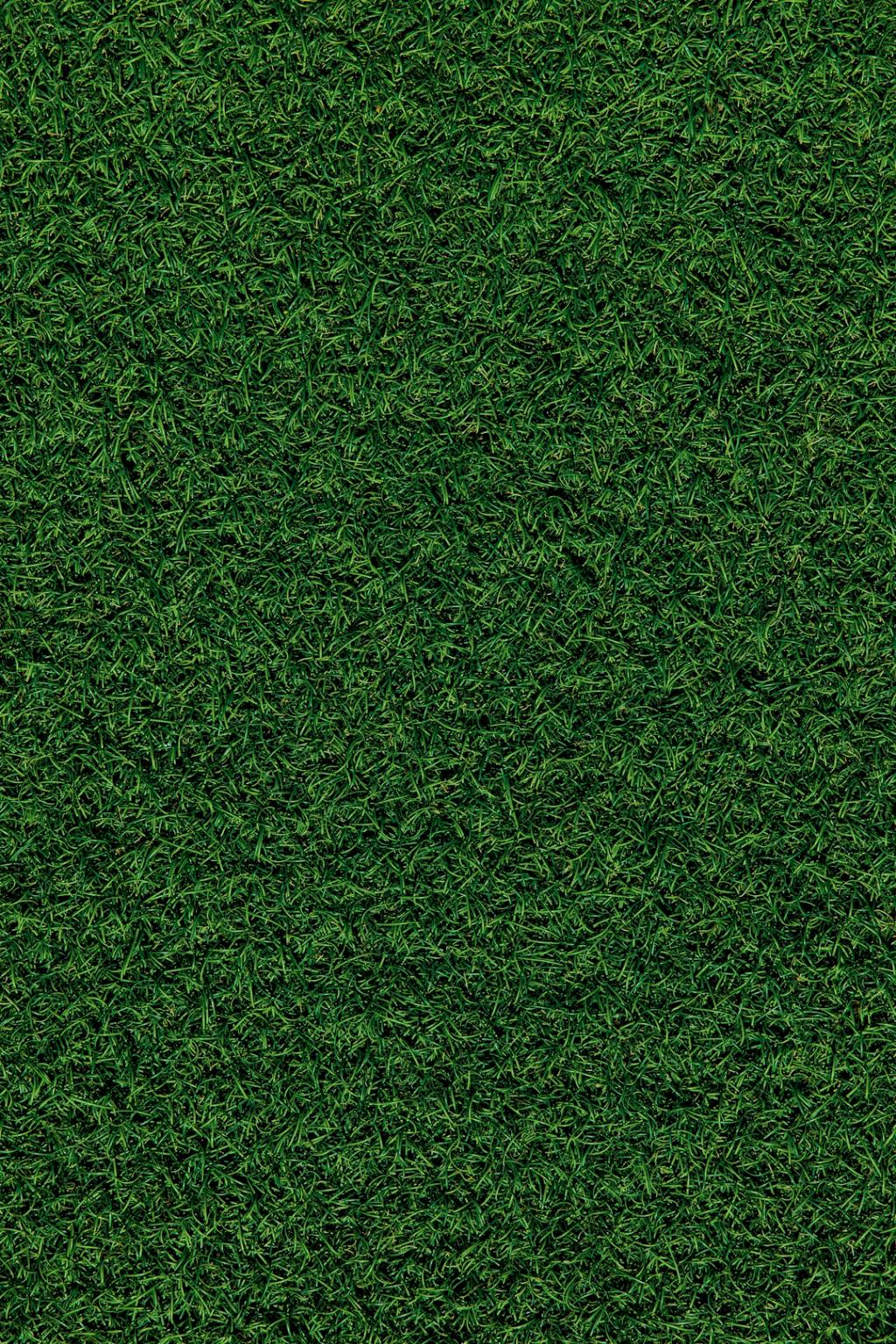When it comes to maintaining a lush and healthy lawn, proper watering is key. One popular method for watering lawns is by using an oscillating sprinkler. However, the question of how long to water your lawn with an oscillating sprinkler can be a bit tricky to answer. Let’s delve into the details to ensure your lawn gets the right amount of water it needs to thrive.
Understanding the Water Output
The first step in determining how long to water your lawn with an oscillating sprinkler is to understand the water output of your sprinkler. If your sprinkler delivers one inch of water per hour, it’s recommended to water your lawn once a week for about an hour.
Testing Soil Moisture
After the initial watering session, it’s crucial to test your lawn’s soil moisture to ensure it’s receiving adequate hydration. You can do this by using a probing tube to check the moisture level 1-2 inches below the surface of the soil. This will give you a better idea of how effectively the water is penetrating the soil.
Adjusting Watering Duration
Based on the results of the soil moisture test, you may need to adjust the duration of your watering sessions. If the soil is still dry a few inches below the surface, you may need to increase the watering time. On the other hand, if the soil is overly saturated, you may need to reduce the watering duration to prevent waterlogging.
Consideration for Lawn Type
It’s important to consider the type of grass you have in your lawn when determining the optimal watering duration. Different grass varieties have varying water requirements, so it’s essential to tailor your watering schedule accordingly. For example, cool-season grasses may require more frequent watering compared to warm-season varieties.
Time of Day for Watering
Another factor to consider is the best time of day to water your lawn with an oscillating sprinkler. It’s generally recommended to water early in the morning to minimize water loss due to evaporation. Avoid watering during the hottest parts of the day to ensure maximum water absorption by the soil.
Monitoring Weather Conditions
Weather conditions play a significant role in determining how long to water your lawn with an oscillating sprinkler. During periods of high humidity or frequent rainfall, you may need to adjust your watering schedule to prevent overwatering. Conversely, during hot and dry spells, you may need to increase the frequency and duration of watering sessions.
Utilizing Rain Sensors
To optimize your lawn watering schedule, consider investing in a rain sensor for your sprinkler system. Rain sensors can detect when natural rainfall has occurred and automatically adjust the watering schedule accordingly. This helps avoid unnecessary watering and conserves water in the process.
Watering Depth and Frequency
When watering your lawn with an oscillating sprinkler, it’s essential to achieve the right balance between watering depth and frequency. Aim to water deeply but infrequently to encourage deep root growth and drought resistance in your grass. Overwatering can lead to shallow roots and increased susceptibility to dry spells.
Observing Plant Symptoms
Pay close attention to any signs of stress or dehydration in your lawn, such as wilting, yellowing, or browning of the grass blades. These symptoms can indicate that your lawn isn’t receiving enough water and may require an adjustment to your watering regimen. Addressing these issues promptly can help prevent further damage to your lawn.
Consulting Local Experts
If you’re unsure about how long to water your lawn with an oscillating sprinkler, don’t hesitate to seek advice from local gardening experts or landscaping professionals. They can provide valuable insights and recommendations tailored to your specific region and lawn conditions, ensuring optimal watering practices for a healthy and vibrant lawn.

Conclusion
In conclusion, determining the ideal duration for watering your lawn with an oscillating sprinkler requires careful consideration of various factors such as water output, soil moisture, grass type, weather conditions, and watering practices. By following the guidelines outlined in this article and staying vigilant in monitoring your lawn’s needs, you can achieve a thriving and resilient lawn that enhances the beauty of your outdoor space.
